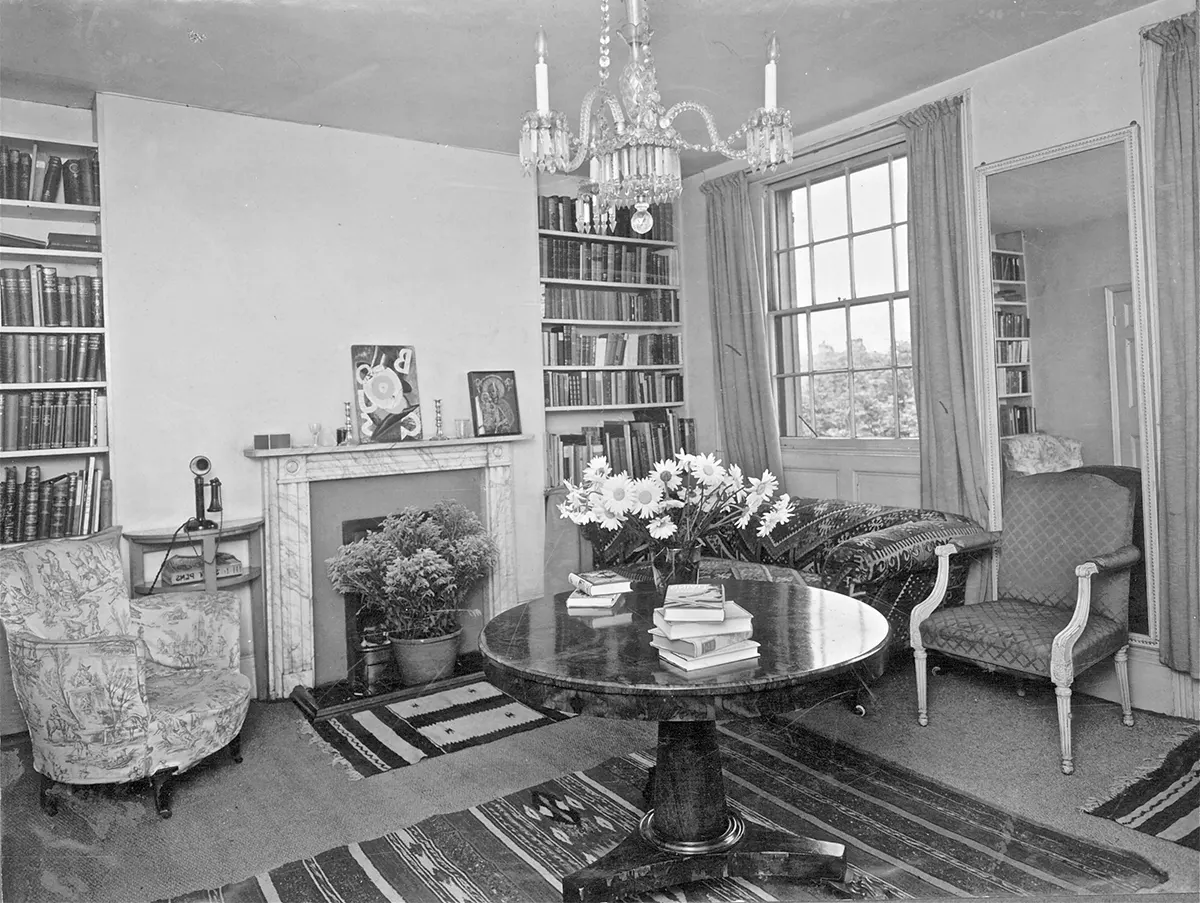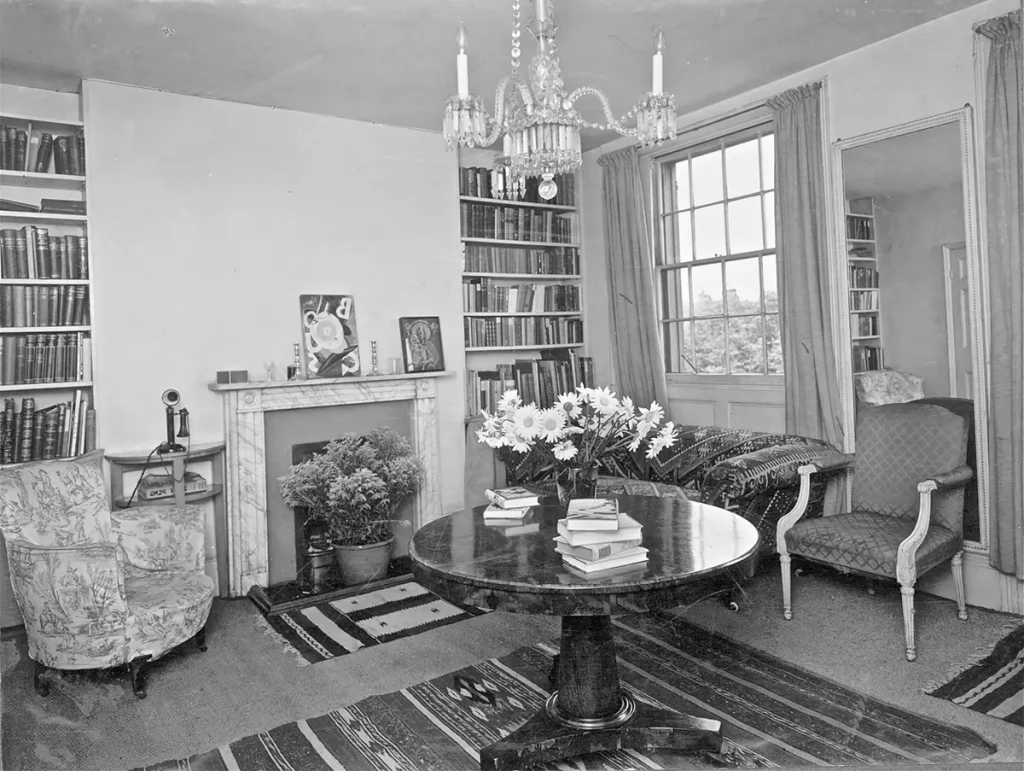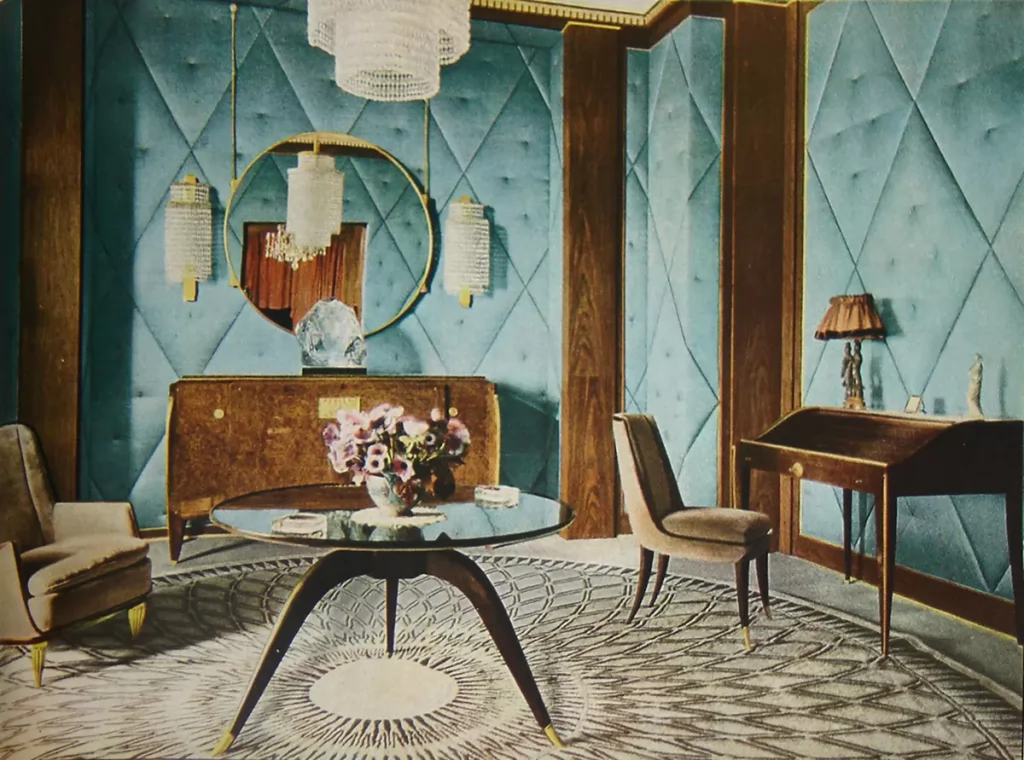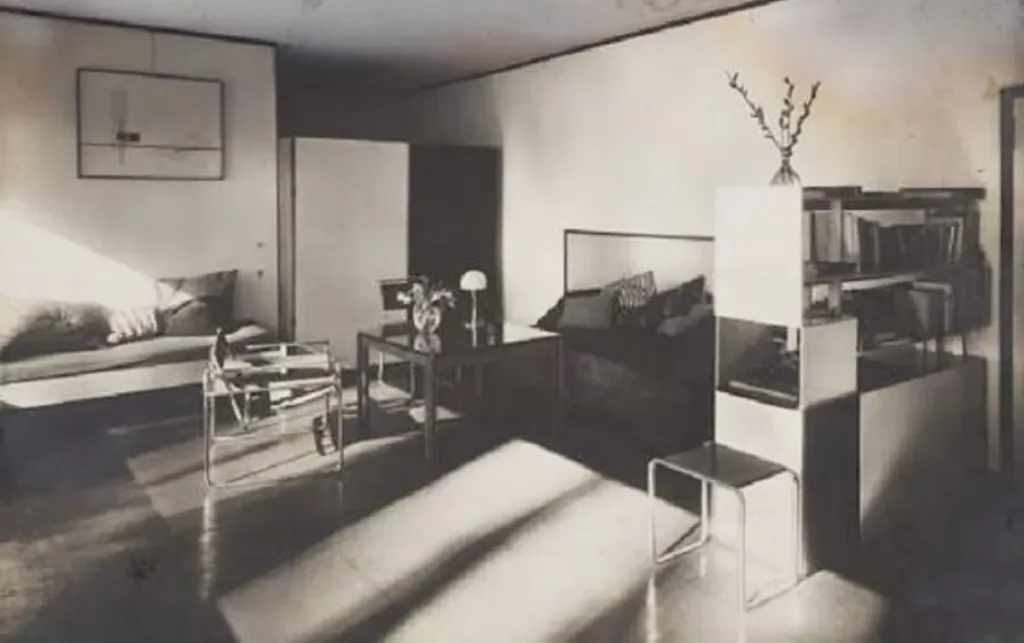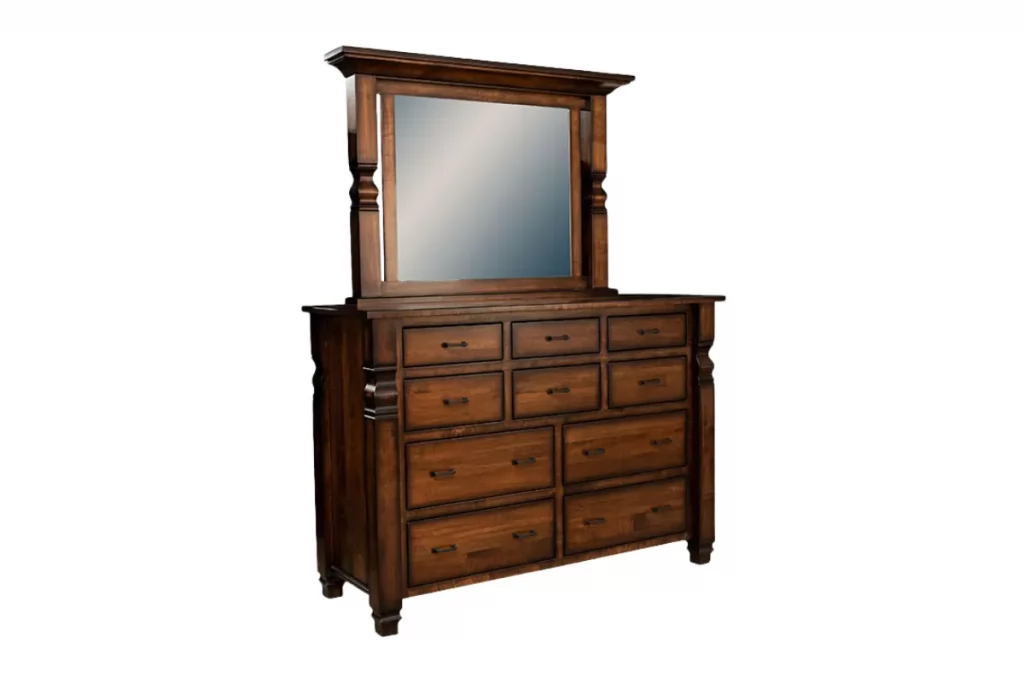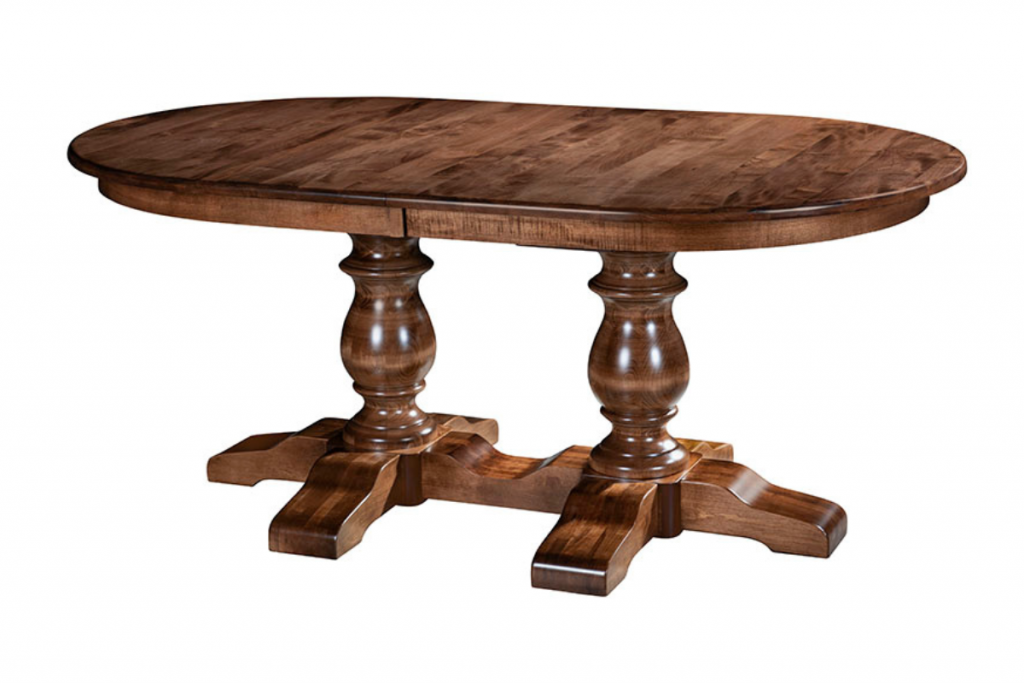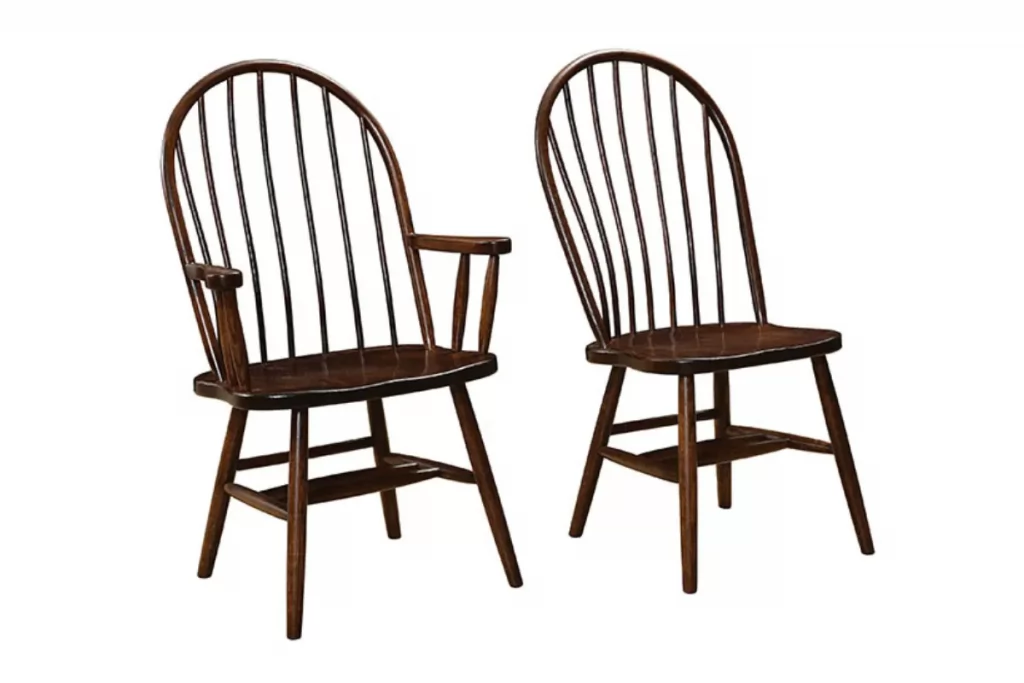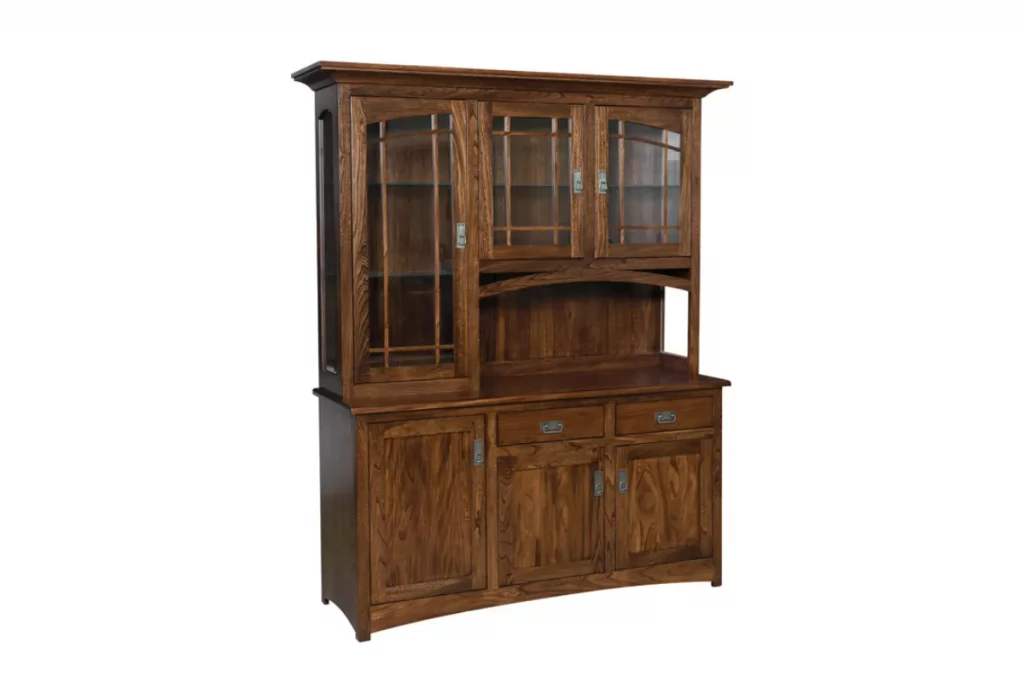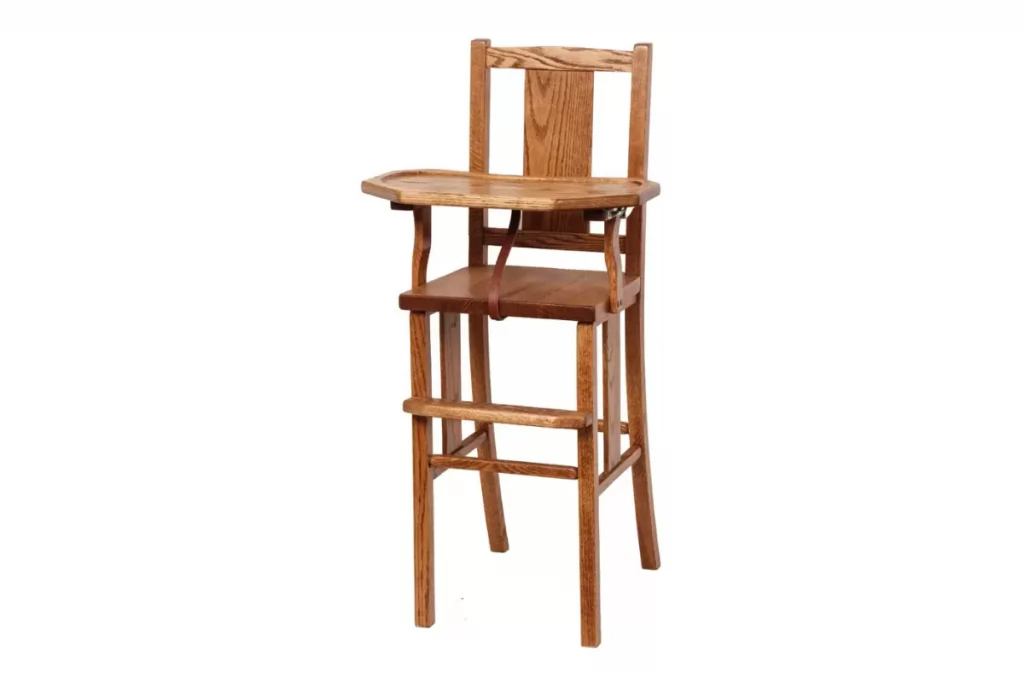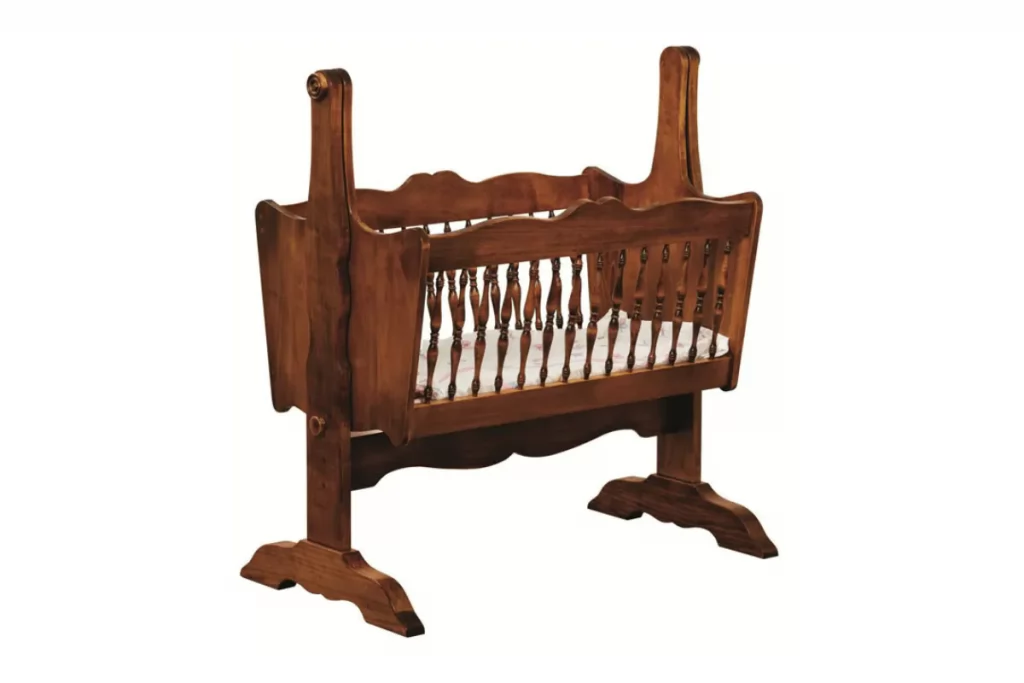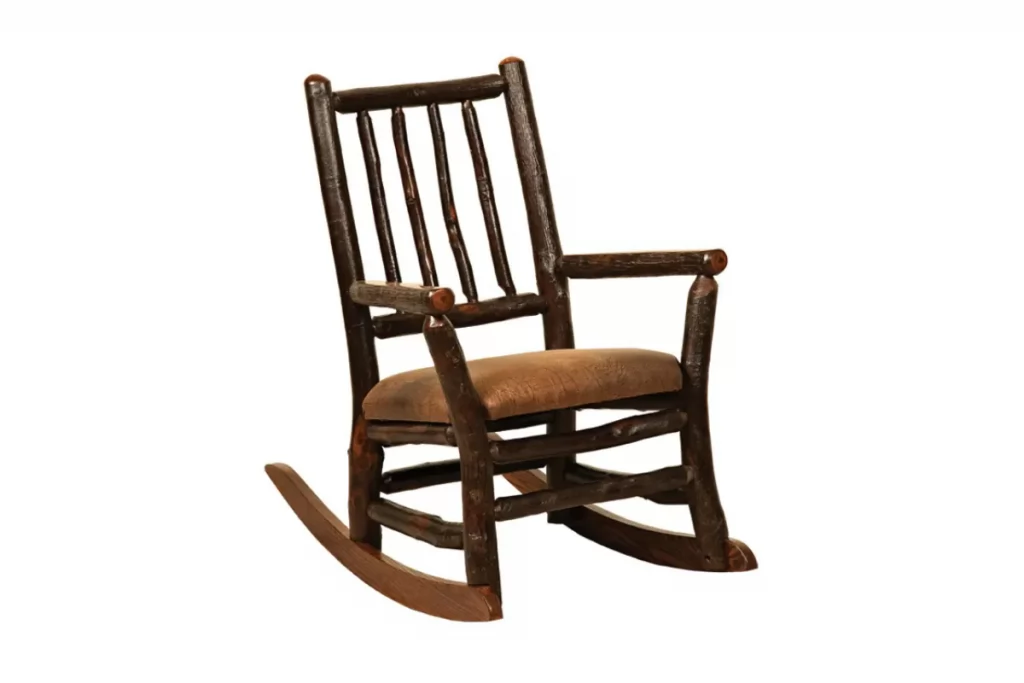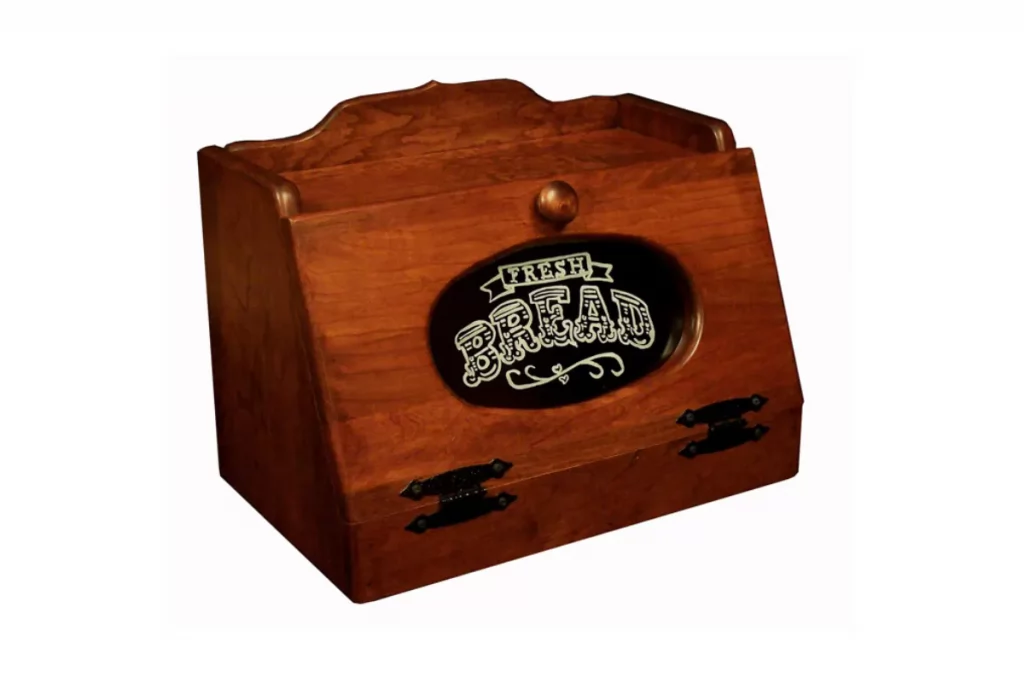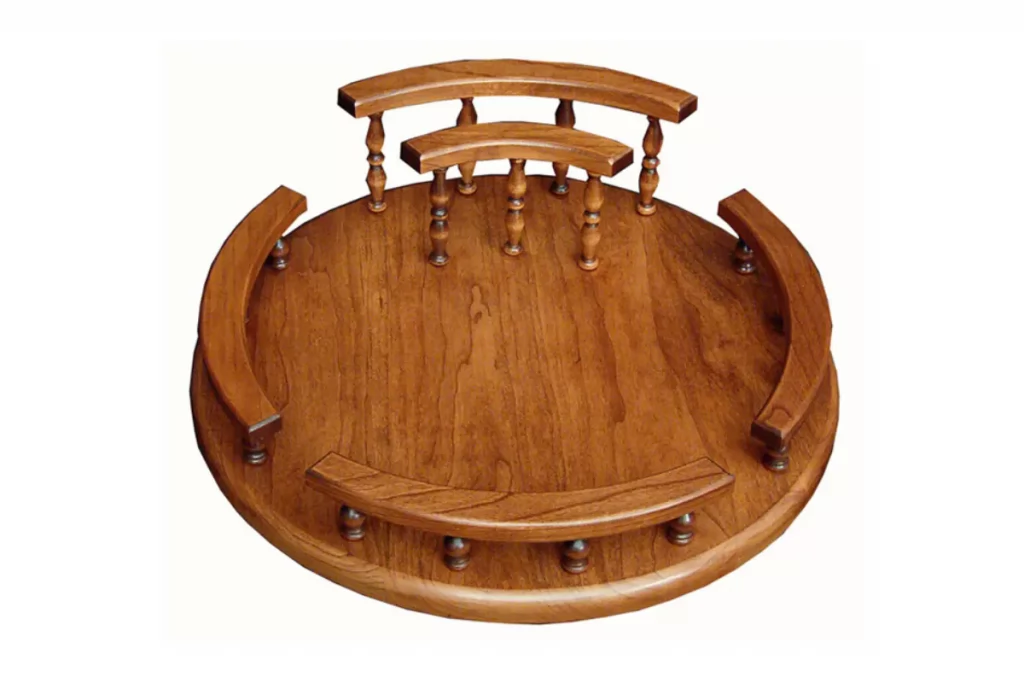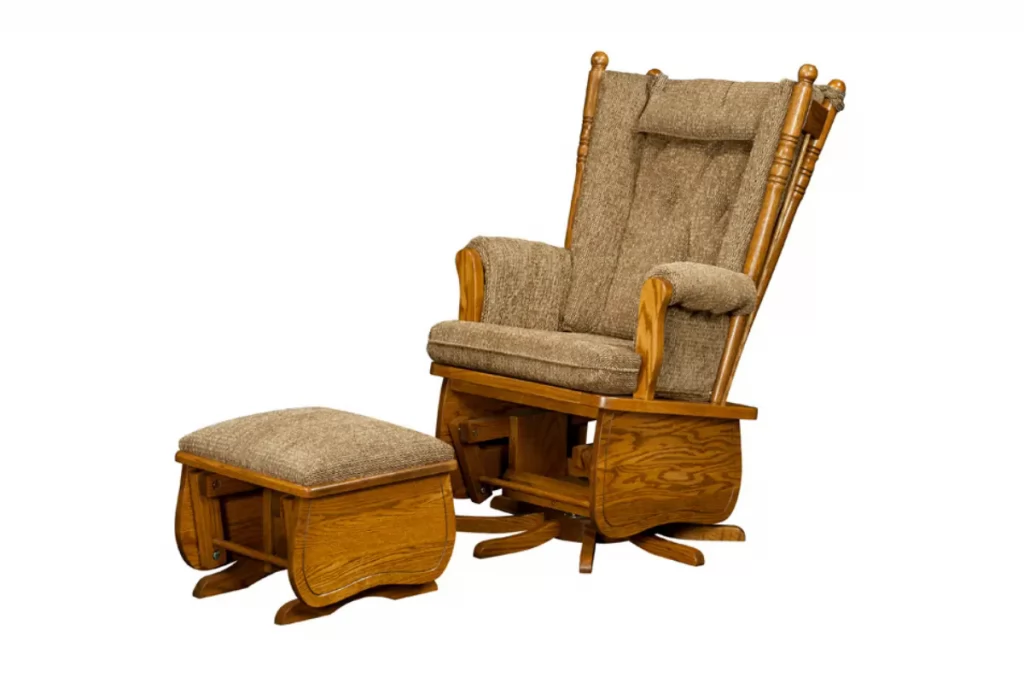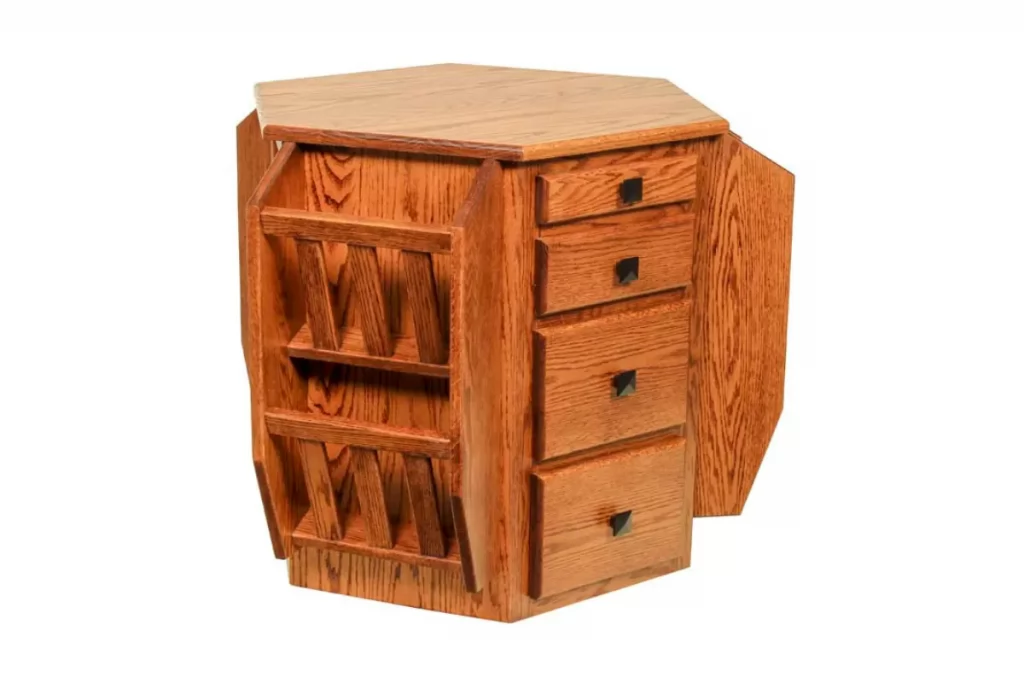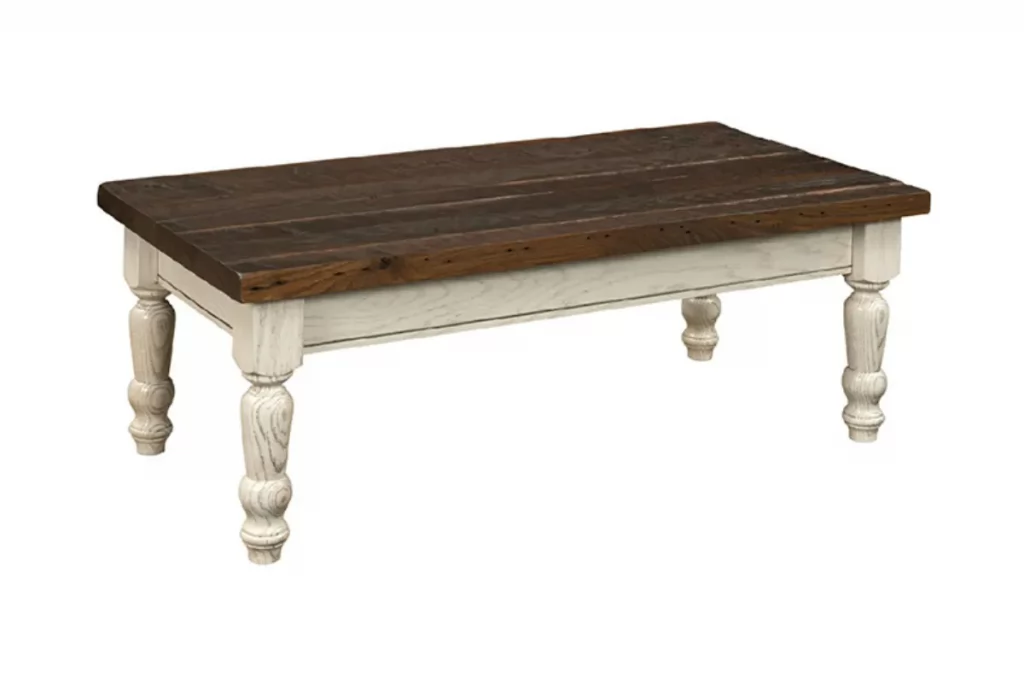The 1920s was an era of dynamic change, marked by the exuberant rhythms of jazz and the sleek lines of Art Deco design, as society embraced new ways of thinking and living. In contrast, Amish furniture from this period upheld a philosophy of simplicity, quality, and craftsmanship, rooted in tradition. Taking a closer look at 1920s furniture through an Amish lens offers a unique perspective on both the period’s aesthetics and its approach to furniture design.
Key Takeaways
- The 1920s introduced influential design movements like Art Deco and Bauhaus.
- Amish furniture craftsmanship emphasizes quality, durability, and traditional techniques.
- Combining 1920s design with Amish craftsmanship creates unique, elegant, and functional furniture.
- Consider factors like craftsmanship quality, materials, and authenticity when purchasing.
This article explores how the distinctive charm of 1920s furniture is lovingly brought to life through the lens of Amish woodworking, merging past elegance with present-day durability.
The Era of 1920s Furniture
In the 19th century, furniture design was shaped by two major movements: Art Deco and Bauhaus. Art Deco was all about luxury, with its bold colors, geometric patterns, and use of high-end materials like chrome and exotic woods. It created a sense of modern elegance.
Bauhaus, in contrast, focused on functionality and simplicity. Its clean lines and use of industrial materials marked a shift away from traditional designs towards a more modern, minimalist approach. This change was part of the broader transformations brought by the Industrial Revolution.
Key designers from the 1920s, such as Le Corbusier, Eileen Gray, and Marcel Breuer, made lasting impacts. Le Corbusier introduced tubular steel and minimalist forms, Eileen Gray combined elegance with practicality, and Marcel Breuer revolutionized seating with bent steel frames.
Their innovative work not only defined the 1920s but also set the stage for modern design trends that still inspire us today.
Amish Craftsmanship Meets 1920s Elegance
Amish craftsmanship, known for its attention to detail and durability, blends seamlessly with the elegance of 1920s design styles. The meticulous handcrafting techniques of the Amish enhance the streamlined forms and geometric patterns typical of the Art Deco and Bauhaus movements.
Examples of this blend can be seen in various pieces that combine the sturdy, handcrafted quality of traditional Amish furniture with the sleek, elegant designs of the 1920s. These pieces not only capture the essence of both styles but also offer functionality and longevity, making them perfect for modern homes looking to incorporate classic design elements.
Bedroom Furniture
Americana Bed
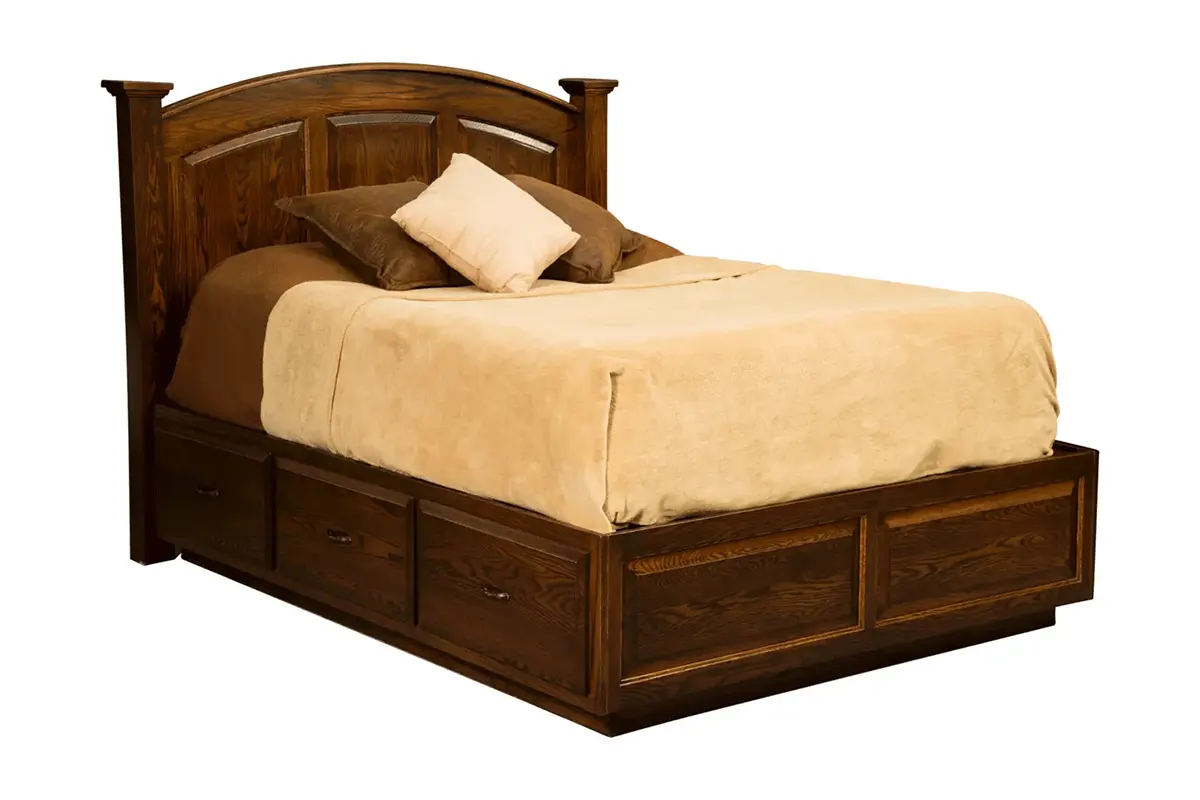
The Americana Bed exemplifies the fusion of Amish craftsmanship and 1920s elegance with its clean lines and robust construction. Made from solid hardwood, this bed features a simple yet sophisticated design that complements the bold styles of the 1920s.
Antique Oval Cheval Mirror
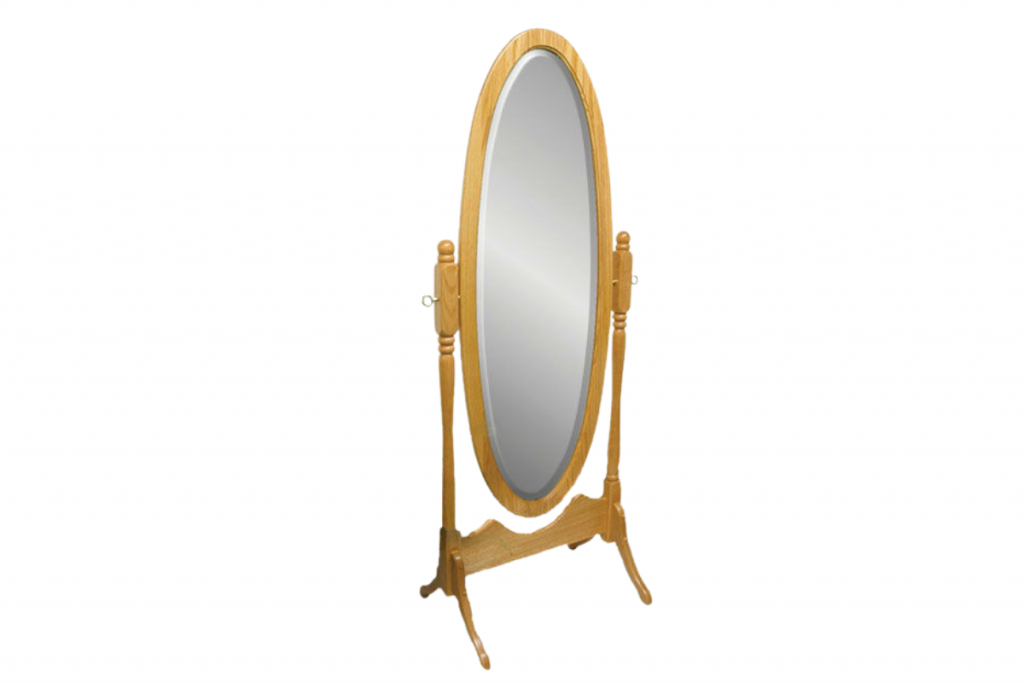
This mirror blends traditional Amish woodworking with the luxurious feel of the 1920s. Its elegant oval shape and finely crafted wooden frame add a touch of vintage charm to any bedroom.
Belmont 10-Drawer Mule Dresser
The Belmont Dresser, with its ample storage and exquisite detailing, reflects the high-quality craftsmanship of the Amish while embracing the streamlined aesthetic of the 1920s. Its solid wood construction ensures durability and longevity.
Dining Room Furniture
Alex Double Pedestal Dining Table
This dining table combines the simplicity and strength of Amish furniture with the sleek, geometric lines of Art Deco design. The double pedestal base adds a touch of elegance, making it a focal point in any dining room.
Bent Dowel Dining Chair
The Bent Dowel Dining Chair features the meticulous joinery and high-quality wood typical of Amish furniture, paired with the bold, clean lines characteristic of 1920s styles. It offers both comfort and style.
Mondovi Hutch
The Mondovi Hutch showcases the beauty of solid hardwood with a design that blends Amish practicality and the refined elegance of the 1920s. Its ample storage and display space make it both functional and stylish.
Amish Kids Furniture
Baywood High Chair
The Baywood High Chair is a perfect example of Amish craftsmanship tailored for children, featuring sturdy construction and timeless design. Its simple elegance makes it a fitting addition to a household that values 1920s aesthetics.
Classic Baby Cradle
This cradle combines the security and durability of Amish woodworking with a classic design that harks back to the early 20th century. Its smooth curves and solid construction ensure it will be a cherished piece for generations.
Grandpa Child Rocker
The Grandpa Child Rocker, with its handcrafted quality and vintage charm, reflects the simplicity and elegance of both Amish and 1920s design. It is a delightful piece that children will enjoy and parents will appreciate for its craftsmanship.
Kitchen Furniture
Amish Oak Bread Box with Plexiglass Front
This bread box combines the functional design and solid construction of Amish furniture with a nod to the practical elegance of the 1920s. Its plexiglass front adds a modern twist to a classic piece.
Amish Lazy Susan with Napkin Holder
The Lazy Susan offers a blend of practicality and style, featuring the high-quality wood and craftsmanship of the Amish. Its simple design is enhanced by the geometric lines reminiscent of the 1920s.
Grapes Lid Silverware Chest
This silverware chest, with its intricate woodwork and elegant design, exemplifies the fusion of Amish craftsmanship and 1920s style. It offers a beautiful and practical storage solution for any kitchen.
Living Room Furniture
Amish 4-Post Swivel High Back Glider
This glider combines comfort and durability with a design that reflects the streamlined elegance of the 1920s. Its solid wood construction and high back provide both style and support.
